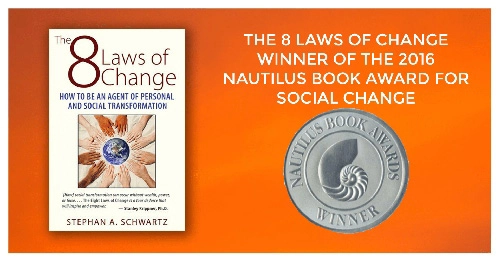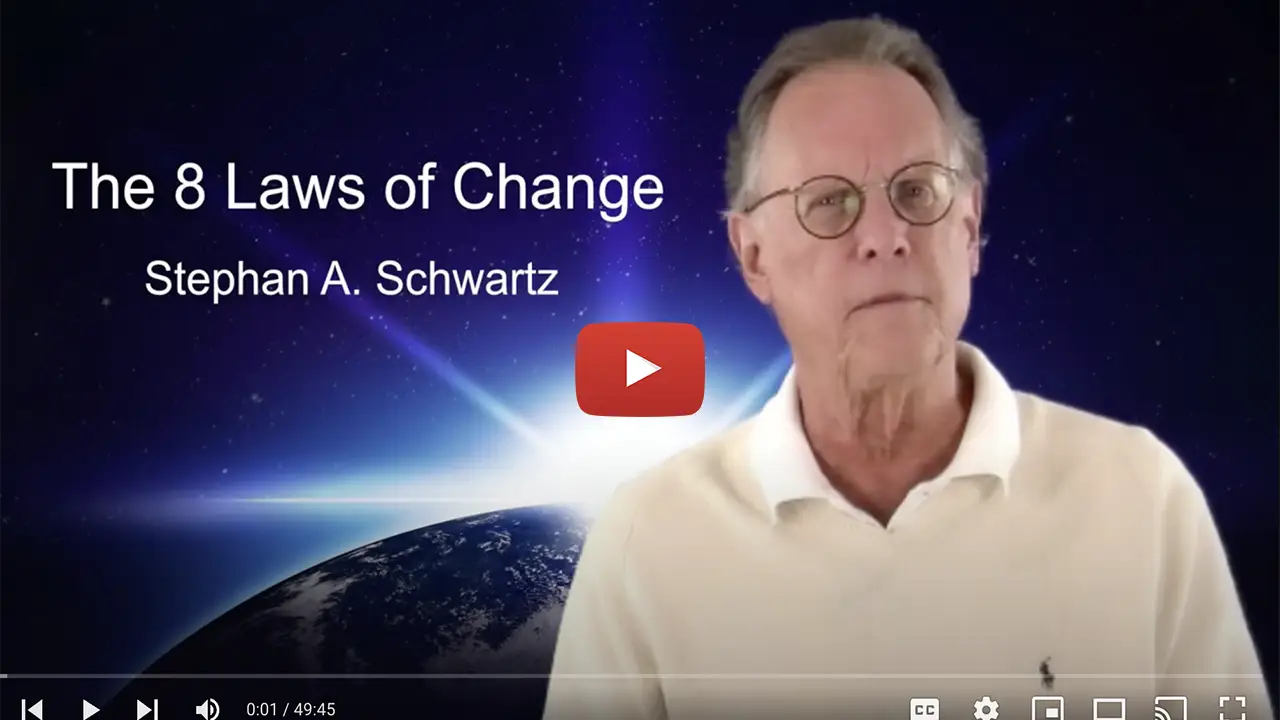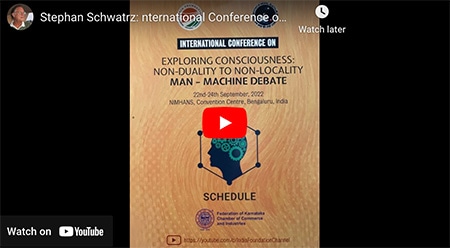Wednesday, September 9th, 2015
Tom Jacobs , - Pacific Standard
Stephan: This is an excellent report on the power of conspiracy wingnuts to confuse and gum up any serious policy discussion. This ability to create obfuscation is why the uber-rich fund these fantasies. They know that in this indirect way they can easily manipulate the more ignorant peasants.

The 2007 Denier documentary the Great Global Warming Swindle.
Credit: Tired time/Wikimedia Commons
Last week, we noted that the term “conspiracy theory” seems to have lost many of its negative connotations. This disconcerting conclusion aligns with a 2014 study that found half of all Americans believe in at least one such theory, and many people who reject them are unwilling to do so categorically.
On one level, the implications of this are obvious and troubling: Such thinking makes serious discussion of societal problems extremely difficult. But according to another newly published study, the problem with being open to conspiracy theories goes deeper than that, and its ramifications are more immediate.
Princeton University psychologist Sander van der Linden reports that even brief exposure to a conspiracy theory regarding climate change was enough to shift people’s attitudes away from the scientific consensus. He also found some evidence that such misinformation may impact our behavior in other, negative ways.
Conspiracy theories […]
4 Comments
Wednesday, September 9th, 2015
Sam P.K. Collins, - Think Progress
Stephan: My objection to Obamacare was that it was still a profit priority, not a wellness priority oriented system. From my perspective the unintended consequence of Obamacare would be something similar to what happened with media when President Reagan lifted the limitations on media ownership -- one t.v. station per market. We then went through a consolidation period in which just a handful of corporations now own most of the mainstream media print and electronic outlets. I thought and wrote that the same thing would happen and, as this report spells out, it has. This is not a happy development.

Credit: Shutterstock
Impending multi-billion health insurance mergers involving four major providers have drawn the ire of patient advocacy groups that say such deals violate antitrust laws and threaten to fatten insurance companies’ coffers at patients’ expense.
Earlier this year, Anthem, Inc. made a $47.5 billion bid for Cigna Corp and Aetna, Inc. proposed a takeover of Humana Inc. Meanwhile, UnitedHealth Group, currently the nation’s largest insurer, also approached Aetna. These deals, if they come to fruition, would create a trinity of mega-insurance companies, each one generating more than $100 billion revenue annually. Justice Department officials have geared up to examine the mergers to see if they would benefit consumers.
A study by the American Medical Association (AMA), however, suggests that may not be the case, pointing out that a small group of companies already dominate a significant number of insurance markets in the United States. The consolidation of Anthem and Cigna and Aetna and Humana, AMA representatives say, will reduce options in the market for Medicare recipients, particularly those enrolled in the […]
2 Comments
Wednesday, September 9th, 2015
TIM BENTON and ROB BAILEY, Academic Director of the Global Security Program and a Professor of Population Ecology at the University of Leeds (Benton) - Research Director for Energy, Environment and Resources at Chatham House (Bailey) - The New York Times
Stephan: This is the latest on what is clearly a growing trend concerning the linkage of climate change and food. What most people, those paying only marginal attention to the climate change trends, do not yet comprehend is that one of the major ways climate change is going to negatively impact their lives is through food -- its availability and cost.

Credit: Sam Brewster
Recent events highlight concerns about the risks to global food security posed by changing patterns of extreme weather affecting the world’s “breadbasket” regions such as the American Midwest, South America’s southern cone, the Black Sea and the Yangtze River valley. In 2012, the worst drought to hit the U.S. Midwest in half a century sent international maize and soybean prices to record levels. In 2011, wheat prices nearly doubled after an unprecedented heat wave devastated the Russian harvest. The global food price crisis of 2007-8 had its roots in a run of poor harvests in previous years.
Global food security largely depends on the production of a few “mega-crops” in the breadbasket regions: maize, wheat, rice and soybeans. On the whole, the system works well. International trade provides a global market for these specialized production centers, reducing the cost of food for billions of people by allowing agriculture to flourish where it can be most efficient. Trade also allows countries to […]
No Comments
Wednesday, September 9th, 2015
Stephan: I see endless articles about women and body image issues, but not much is out there about men and yet, as this excellent study spells out, one in four people with food disorders is male. Here is some real data on the subject.

Credit: PsychGuides.com
Professional athletes have come to represent the pinnacle of physical ability, serving as a cultural image of performance and physique. With millions watching sporting events, these body ideals have been planted firmly in the mainstream’s consciousness. But what happens when these examples inspire behavior that goes beyond what’s healthy in pursuit of the perfect body?
When it comes to eating disorders such as anorexia nervosa and bulimia nervosa, male sufferers of such conditions have historically been a less-studied group. Yet about one in four people struggling with eating disorders are men – and there are likely more who are reluctant to seek assistance due to embarrassment or stigma. Just as women’s eating disorders are often influenced by cultural and media beauty standards, men’s disordered eating habits and body image concerns can be affected by images idealizing peak fitness and muscularity. Rather than simply trying to lose weight, many male sufferers of eating disorders are instead focused on attempting to gain muscle while shedding fat, in pursuit of a […]
No Comments
Tuesday, September 8th, 2015
Stephan: As I look back on the 50s and 60s and the civil rights movement I realize that many of the things we hoped to accomplish haven't happened, like school desegregation, as this report describes. But even more than that, as important as that is, it is one more data point of the failure of American public education, and its rampant classism.

African-American student studying
Credit: Shutterstock
More than 60 years after the U.S. Supreme Court declared that segregated schools are unconstitutional, some American school districts are more racially and economically divided than ever.
According to the Guardian, the number of substandard schools for nonwhite students is a “slow-burning crisis” that political and educational leaders are declining to address.
UCLA professor Gary Orfield released a report on the stunning racial and economic disparities in the U.S. public school system in 2014 and he says that little has changed since then.
Orfield said that a “substantial majority” of black and Latino students are attending schools that are segregated by race and poverty. He believes that students who are wildly underserved are destined for a “downward spiral” after graduation in a society that increasingly requires college diplomas and advanced labor skills.
“If you get in a really poor-performing high school, you probably were in a weak elementary school,” Orfield told the Guardian.
“Let’s say your family’s poor, and then your chances of going to a […]
No Comments














